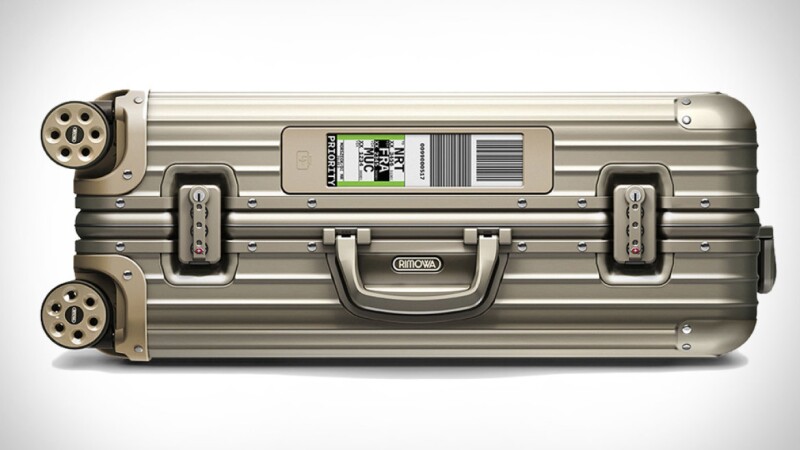A suitcase that can charge your phone, send an alert if it is lost, and even carry you through the terminal? Such features are included in many new “smart luggage” pieces, all designed to ease the chaotic travel experience. Alas, much like the “hover-boards” of 2015 and the Samsung Galaxy Note 7 of 2016, these same bags are about to become no-fly items on airlines around the world.
It all comes down to the battery. Lithium-ion cells—particularly the bigger sort that give smart bags their special abilities—can short-circuit, generate heat, and combust. This fire risk means they are considered dangerous to carry in the aircraft baggage hold due to the risk of fire, and airlines are having none of it: After January 15, checking a smart bag will not be possible on several carriers.
American Airlines and Delta Air Lines were the first two carriers to announce the new policy, a coordinated move meant to show unity among the airlines. Alaska Airlines and Hawaiian Airlines followed with similar announcements. They moved relatively early in the holiday shopping season, hoping to make shoppers aware that the latest must-have travel gadget has a pretty glaring drawback. But not all airlines have banned the bags, and that inconsistency can create challenges for passengers.
For its part, the International Air Transport Association (IATA), an aviation industry trade group, is working to deliver recommendations to help airlines around the world settle on a common policy for smart bags. Nick Careen, IATA’s SVP of Airport, Passenger, Cargo & Security recently noted that he expects the group to quickly deliver on that guidance: “Lithium is something that we have to be very careful with; it is top of mind in the industry. Our Dangerous Goods Board is deliberating on that and we expect guidance to be issued.” That was a month ago, however, and the new guidance is still absent.
Adding to the confusion, not all smart bags are powered by lithium-ion batteries. The latest models of Modobag’s motorized suitcase-scooter, for instance, use lithium-titanium batteries, which the company claims are less likely to combust than lithium-ion cells. The ride-on Modobag’s battery can be removed, but only from the inside—not helpful if the bag needs to be checked last-minute at the gate. The bags are on the no-check list unless the battery is removed.
Rimowa’s suitcases with Bluetooth-enabled digital baggage tags are powered by a pair of AAA batteries, not a massive lithium-ion pack. But the presence of that electronic bag tag makes it a no-go under the new policies.

The app-connected digital luggage tag on Rimowa’s line of cases puts them on the no-fly list.
Courtesy of Rimowa
And then there is Bluesmart, the company that designed its smart luggage with a battery that cannot be removed. That’s especially bad news for owners of the Check 29-inch model, which is too large for carry-on.
For their part, the manufacturers are quick to point out that the ban only applies to checked bags, not carry-on. Plus, if the battery can be removed and carried separately, then the bag is still OK in the hold. Luggage-maker Away makes it relatively easy to remove the batteries in its bags, solving the problem in most scenarios. Company cofounder and CEO Steph Korey remarks that Away “saw a spike in sales after the ban—partially attributable to our typical increase in sales around the holidays, but also because new customers saw Away as the premium choice that was compliant.” The company also updated its marketing message to reflect the new rules, noting that the “built-in battery is easily removed, TSA-approved, and compliant with all airline policies.”
Some other vendors will need to redesign their bags to make the batteries easier to remove or risk passengers forced to leave a suitcase behind. With the proliferation of Basic Economy fares that don’t allow for carry-on bags and ever-fuller overhead bins requiring roll-aboard bags to be checked at the gate, it is becoming harder for travelers to ensure that luggage—smart or otherwise—will fly in the cabin.
For travelers no longer keen to use their potentially prohibited bags, disposal can be a challenge. It is illegal to include lithium-ion batteries—and gadgets containing the cells—with regular household trash in more than half of U.S. states. Fortunately, the nonprofit Call2Recycle provides information on where consumers can safely and legally discard the batteries.








